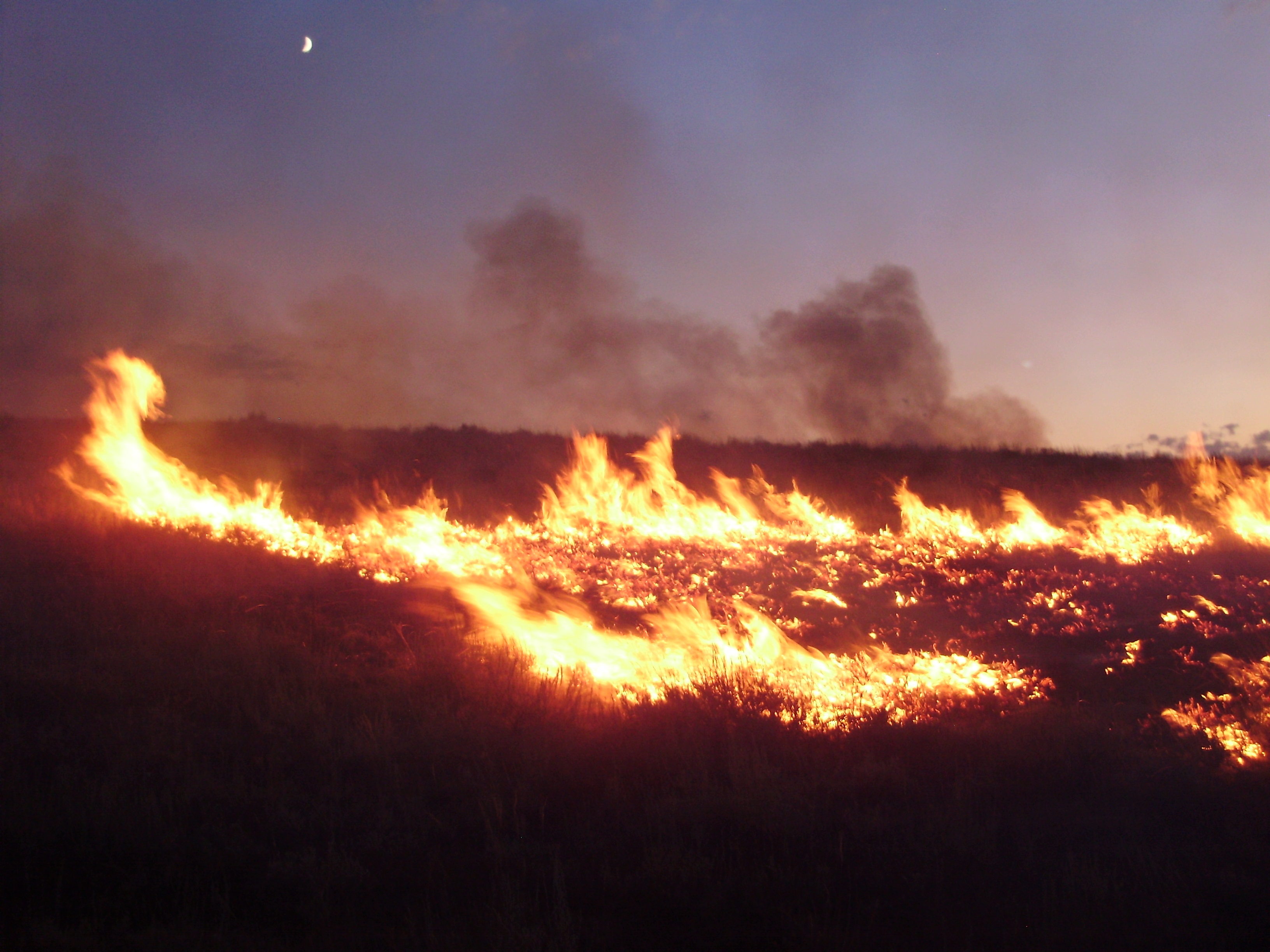Dry Thunderstorm on:
[Wikipedia]
[Google]
[Amazon]
 A dry thunderstorm is a
A dry thunderstorm is a
 In areas where trees or other vegetation are present, there is little to no rain that can prevent the lightning from causing them to catch fire. Storm winds also fan the
In areas where trees or other vegetation are present, there is little to no rain that can prevent the lightning from causing them to catch fire. Storm winds also fan the
 A dry thunderstorm is a
A dry thunderstorm is a thunderstorm
A thunderstorm, also known as an electrical storm or a lightning storm, is a storm characterized by the presence of lightning and its acoustic effect on the Earth's atmosphere, known as thunder. Relatively weak thunderstorms are some ...
that produces thunder and lightning, but where most of its precipitation evaporates before reaching the ground. Dry lightning refers to lightning strikes occurring in this situation. Both are so common in the American West
The Western United States (also called the American West, the Far West, and the West) is the region comprising the westernmost states of the United States. As American settlement in the U.S. expanded westward, the meaning of the term ''the Wes ...
that they are sometimes used interchangeably.
Dry thunderstorms occur essentially in dry conditions, and their lightning is a major cause of wildfires. Because of that, the National Weather Service
The National Weather Service (NWS) is an agency of the United States federal government that is tasked with providing weather forecasts, warnings of hazardous weather, and other weather-related products to organizations and the public for the ...
, and other agencies around the world, issue forecasts for its likelihood over large areas.
Where dry thunderstorms occur
Dry thunderstorms generally occur indeserts
A desert is a barren area of landscape where little precipitation occurs and, consequently, living conditions are hostile for plant and animal life. The lack of vegetation exposes the unprotected surface of the ground to denudation. About on ...
or places where the lower layers of the atmosphere usually contain little water vapor
(99.9839 °C)
, -
, Boiling point
,
, -
, specific gas constant
, 461.5 J/( kg·K)
, -
, Heat of vaporization
, 2.27 MJ/kg
, -
, Heat capacity
, 1.864 kJ/(kg·K)
Water vapor, water vapour or aqueous vapor is the gaseous p ...
. Any precipitation that falls from elevated thunderstorms can be entirely evaporated as it falls through the lower dry layers. They are common during the summer months across much of western North America and other arid areas. The shaft of precipitation that can be seen falling from a cloud without reaching the ground is called " virga".
A thunderstorm does not have to be completely dry to be considered dry; in many areas is the threshold between a "wet" and "dry" thunderstorm.
Hazards
Dry thunderstorms are notable for two reasons: they are the most common natural origin of wildland fires, and they can produce strong gusty surface winds that can fan flames.Dust storms
Strong winds often develop around dry thunderstorms as the evaporating precipitation causes excessive cooling of the air beneath the storm, which increases its density and thereby its weight relative to the surrounding air. This cool air then descends rapidly and fans out upon impacting the ground, an event often described as a dry microburst. As the gusty winds expand outward from the storm, dry soil and sand are often picked up by the strong winds, creating dust and sand storms known ashaboob
A haboob ( ar, هَبوب, lit=blasting/drifting, translit=habūb) is a type of intense dust storm carried on an atmospheric gravity current, also known as a weather front. Haboobs occur regularly in dry land area regions throughout the worl ...
s.
Fires
 In areas where trees or other vegetation are present, there is little to no rain that can prevent the lightning from causing them to catch fire. Storm winds also fan the
In areas where trees or other vegetation are present, there is little to no rain that can prevent the lightning from causing them to catch fire. Storm winds also fan the fire
Fire is the rapid oxidation of a material (the fuel) in the exothermic chemical process of combustion, releasing heat, light, and various reaction products.
At a certain point in the combustion reaction, called the ignition point, flames ...
and firestorm, causing it to spread more quickly.
Pyrocumulonimbus are cumuliform clouds that can form over a large fire and that are particularly dry. When the higher levels of the atmosphere are cooler, and the surface is thus warmed to extreme temperatures due to a wildfire, volcano, or other event, convection will occur, and produce clouds and lightning. They are similar to any cumulus cloud but ingest extra particulates
Particulates – also known as atmospheric aerosol particles, atmospheric particulate matter, particulate matter (PM) or suspended particulate matter (SPM) – are microscopic particles of solid or liquid matter suspended in the air. Th ...
from the fire. This increases the voltage difference between the base and the top of the cloud, helping to produce lightning.
See also
* Heat lightning *Lightning strike
A lightning strike or lightning bolt is an electric discharge between the atmosphere and the ground. Most originate in a cumulonimbus cloud and terminate on the ground, called cloud-to-ground (CG) lightning. A less common type of strike, ground- ...
References
{{climate-stub Lightning Light sourcesThunderstorm
A thunderstorm, also known as an electrical storm or a lightning storm, is a storm characterized by the presence of lightning and its acoustic effect on the Earth's atmosphere, known as thunder. Relatively weak thunderstorms are some ...
fr:Orage sec